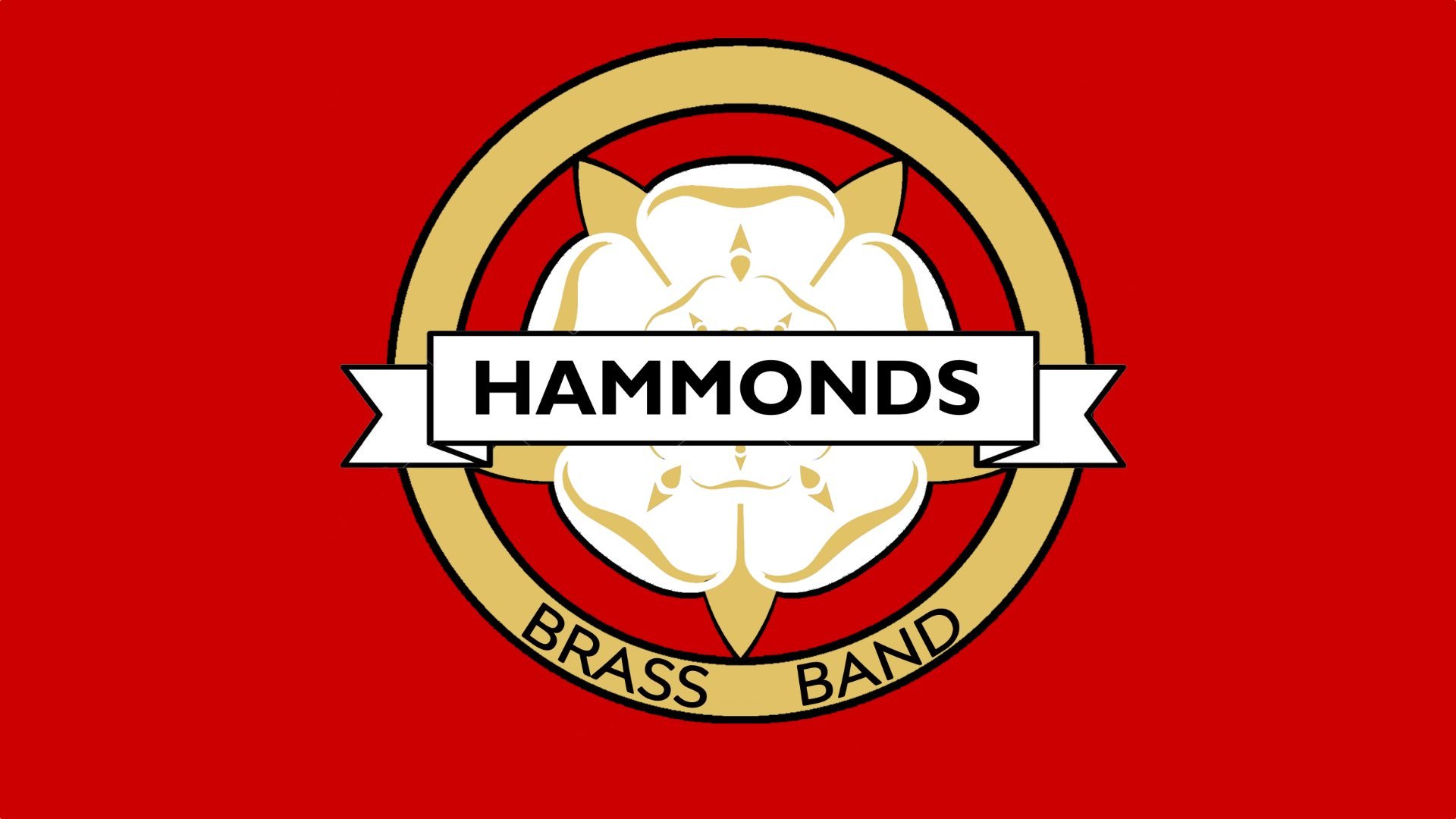1855 to 1894
Sir Titus had accumulated vast wealth with which he decided to build a new mill in a self-contained village. He purchased land three miles from Bradford , near to the Bradford-Skipton railway line and adjacent to the River Aire. Building was started in 1851. The village’s name, ‘Saltaire’, combined the names of the river and the owner. It was to be an industrial settlement where people could live close to their work amid such basics as fresh air and pure water - commodities not found in Bradford at the time. The mill opened in 1853.
To add to the quality of life in Saltaire there was a library, a gymnasium, a School of Art and a School of Science . There was also a drum and fife band for boys and the brass band for the men of the village. Its first conductor was Joseph Paley whose son, John, became a legendary cornet player, playing with bands as diverse as Black Dyke, situated on the other side of Bradford and Patrick Gilmore’s Band in America. The Saltaire Band was one of the leading brass bands in the early 1860s. Following a contest held at Crystal Palace (London) in 1860, at which it gained 2nd prize, a report in the Daily Telegraph stated: The Saltaire Band is composed entirely of men in the employment of Mr Titus Salt, at the establishment near Bradford which is called after his name. It is rumoured that Mr Salt promised a considerable sum of money to his band in the event of their winning the first prize.
It was also rumoured that the band was costing Sir Titus £1,000 per year, a considerable sum in those days. The most informative surviving document regarding the band is its entry form for the Crystal Palace contest of 1861, which it did actually win. Amongst the 17 instrumentalists named is the leader, Richard Smith – a famous cornet player, highly successful conductor, and founder of the brass band music publishers R Smith & Co. Virtually all the players were employed in the mill. With the prospect of employment and the band’s running expenses covered by the company, there were definite advantages for those lucky enough to be members of the band.
Following this somewhat exalted start, Saltaire Band achieved little else of note. A number of local contests were attended up to 1869, bringing in a few prizes. The band then appeared in the Belle Vue September contests of 1872, 73 and 74 conducted by the legendary John Gladney, gaining a 2nd prize in 1872 and a 5th in 1874. After this it assumed the status of an ordinary village band, though the mills still owned the instruments. Sadly, Brass Band News issued the following statement in March 1894: Many old contestors will learn with regret that the once famous Saltaire Brass Band is no more, the instruments and all properties having been called in by the Company. So passes away the remains of one of the best bands Yorkshire ever produced.


